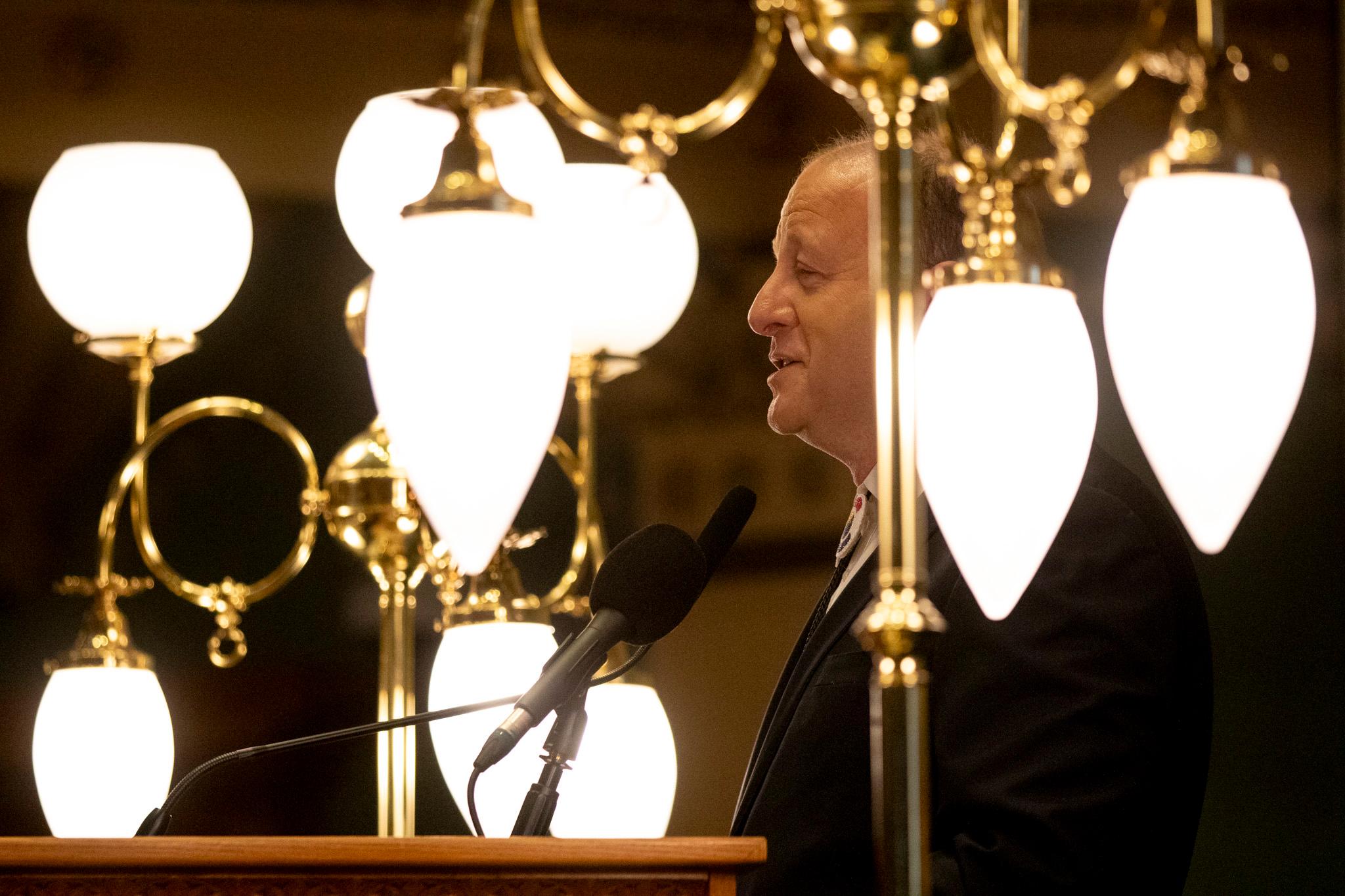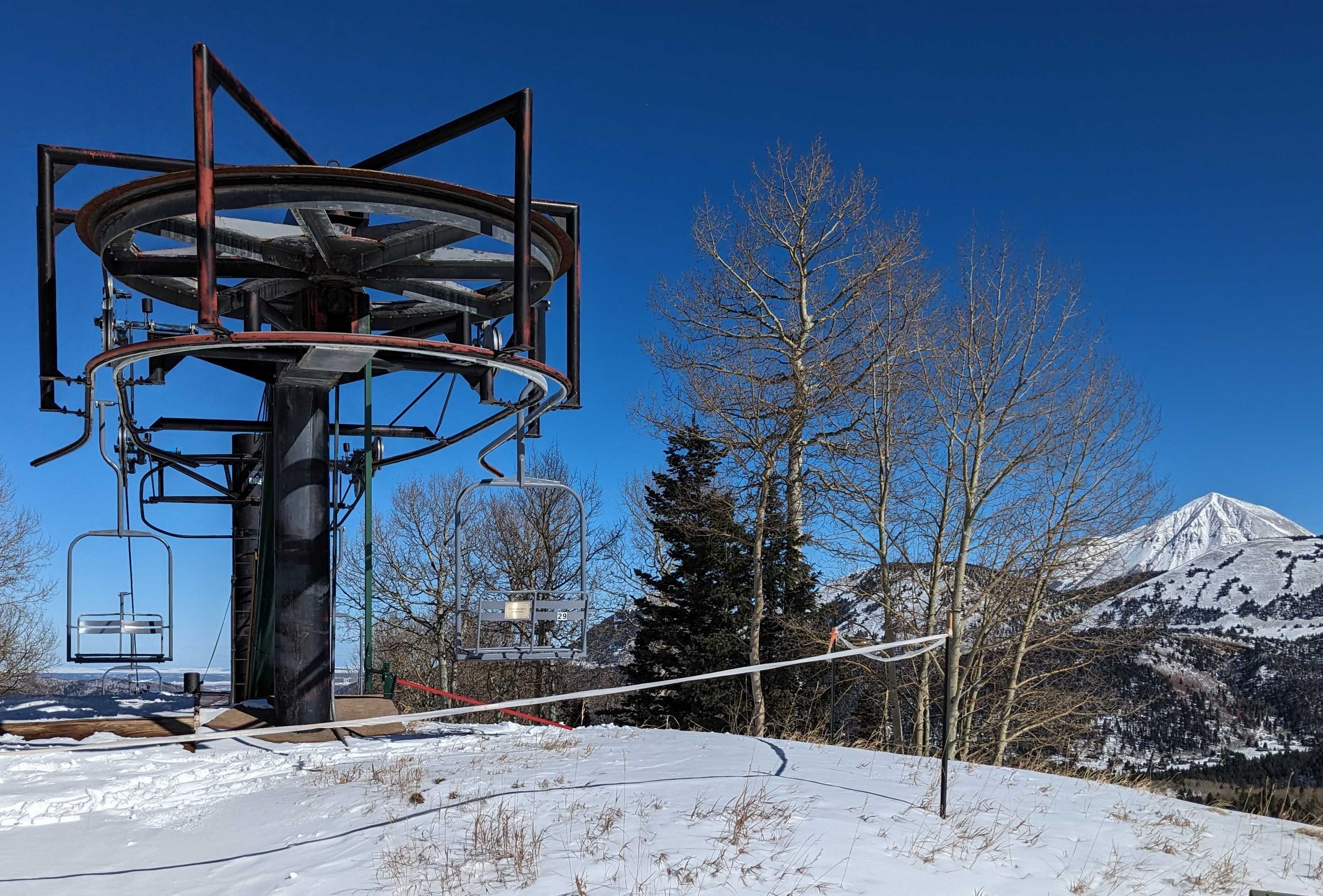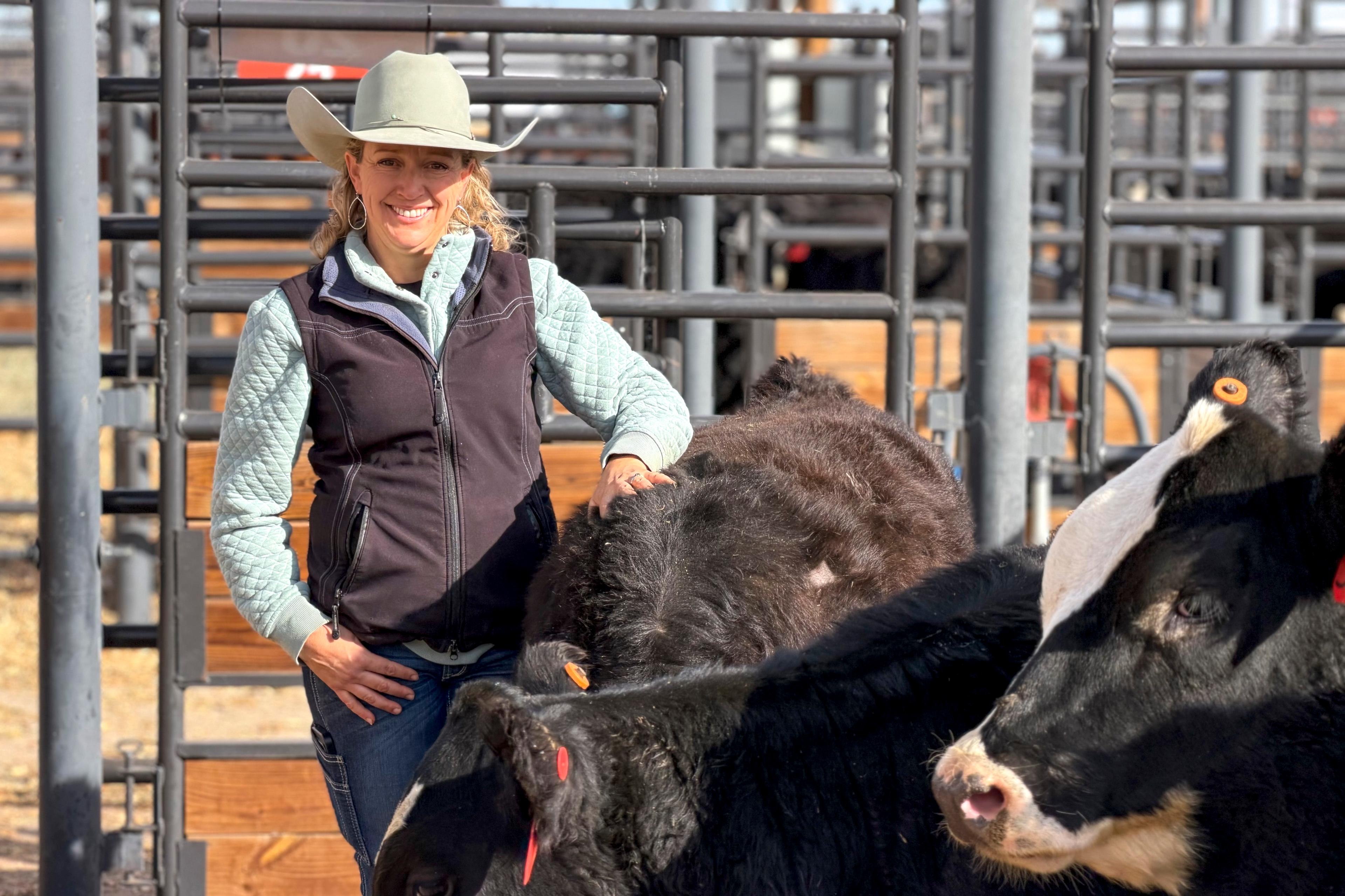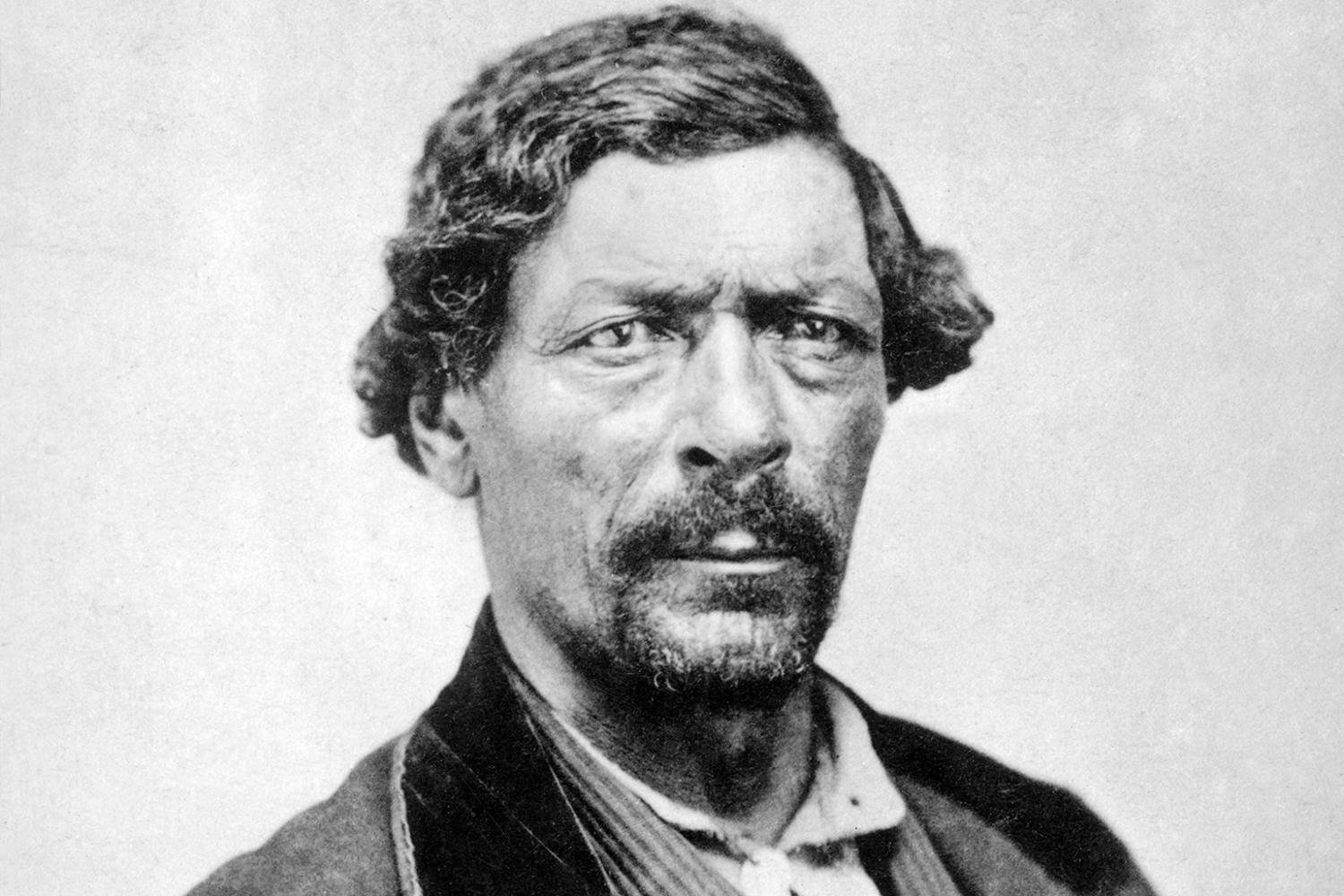
At one time most of Colorado was part of Mexico. It's a history that's still woven into the fabric of life for many in Southern Colorado, but others may not know it at all.
The Arkansas River runs through Pueblo not far from the city's downtown. From its south bank, you can see a kayak course and vivid murals painted on the levee. Smokestacks dot the horizon.

North of this historic part of the city are strip malls and chain restaurants. These days it's like so many other places, a typical American city. But before 1848, the river marked the international border. This was once Mexico.

“Colorado became a territory of the United States, and a lot of people who were living in Mexico at the time suddenly became United States citizens,” said Dianne Archuleta, the director of the El Pueblo History Museum in Pueblo.
That’s when the Mexican-American War ended and most of what are today’s southwestern states were sold to the United States under the terms of the Treaty of Guadalupe Hidalgo. That includes this part of Colorado. Other areas of the state were originally part of the 1803 Louisiana Purchase from France.

Spain and Texas also claimed parts of Southern Colorado territories at different times before 1848.
These geopolitical changes happened all across the region now known to many as the borderlands, Archuleta said, and it didn’t just affect people of Hispanic origins.
History Colorado’s Eric Carpio, who is based in Fort Garland in the San Luis Valley, said these were also the homelands and sacred spaces for dozens of Indigenous tribes.

“It's an area really where people have come together,” he said. “It's a space of convergence, it's a space of changing borders, and this convergence of people, I think led to that borderlands culture.”
The idea of a border wasn’t part of the narrative in this region until the United States made its westward expansion, Archuleta said, and the different natural boundaries like rivers and mountains had names of Indigenous origin. But borders and state lines are a legal concept, not a natural one.
“These are great reminders telling us and reminding us that we don't have physical borders other than our landscapes that might separate us,” she said. “We need to remind people that borders aren't a construct of a perfect line anywhere other than in legalities through the government.”
In Pueblo and elsewhere in what's considered the borderlands, there are cultural markers like Mexican eateries, lowrider cars and Chicano art. Pueblo celebrates the culture with its annual Chile and Frijole Festival and Fiesta Day at the Colorado State Fair.
But while those cultural markers exist, a lot of people may not realize the Hispanic heritage has been part of life here for hundreds of years.
“It was not part of our history classes,” Archuleta said. “Hispano history was not taught. Indigenous history was not taught.”
That needs to change according to Carpio, Archuleta and others.
“To navigate life in the borderlands when people are telling you, you don't belong here, but your ancestors have always been here,” Archuleta said. “That's the reason to explore what our presence here means.”

Step into the borderlands with Grupo Folklorico del Pueblo
“Chicos and pequeñas in the middle, juveniles in the back. Are you guys ready? Here we go!"
Sara Roybal's studio is filled with people of all ages. She teaches Mexican folk dancing – along with history and culture–at Grupo Folklórico del Pueblo.
Families, friends and neighbors come to learn together there. She organizes them into groups to practice. Music begins, the dance starts and the students’ brightly colored voluminous skirts swirl around.
This dance studio, History Colorado and other groups are working to keep Hispanic heritage vibrant and vital by offering experiences that weave the story of the borderlands into everyday life. Roybal said many longtime Hispanic families in this part of Colorado often say they didn’t cross the border — the border crossed them.

“The border crossing us means that we just have generational roots here to this land,” Roybal said. “This has become part of the United States, we are very excited to be in the United States…at the same time, we also don't want to lose who we are culturally in our identity. And so we're reaching back and just holding onto our culture to make sure that it stays alive and celebrated.”

Editors note: This digital story is based on audio work produced for NPR, which aired on October 8, 2024 as part of Hispanic Heritage month.
History Colorado is a financial supporter of KRCC. Financial supporters have no editorial influence.
- Get to know Southern Colorado and New Mexico's cultural history with these exhibits for Hispanic Heritage Month
- When Families Were Split On 'The Borderlands of Southern Colorado'
- Fort Garland Museum Explores The History Of The Enslavement Of Indigenous People In Southern Colorado
- A new Colorado license plate celebrating the Chicano community is under consideration at the state Capitol
- Pueblo’s Chicano newspaper, La Cucaracha, is again rolling off the presses regularly after a 40-year hiatus
- In the San Luis Valley, artisans paint pictures of everyday life using colcha embroidery
- From The Tricolour To The Lone Star, Why Are There So Many Flags On Pueblo's Seal?







